String of Dolphins Plant Profile: Succulent Info, Care & Growing Guide
Written by Iris
Dec 14 2021
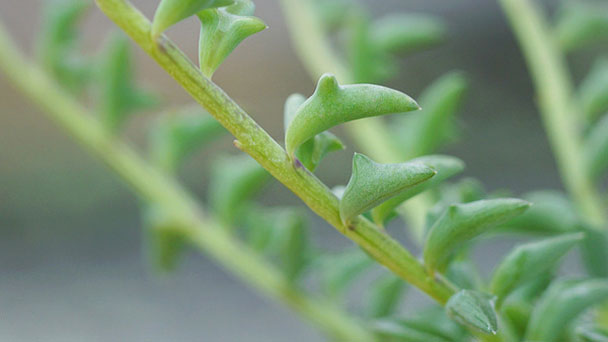
String of Dolphins Plant (Senecio peregrinus) is a trailing edge succulent in the Compositae family. String of Dolphins Plant is a fascinating cross between Senecio Rowleyanus (strings of pearls) and Senecio articulates (candle-plants). Because of its cute appearance, String of Dolphins Plant have quickly become a very popular houseplant in the past few years. This String of Dolphins Plant succulent flower blooms in late spring and hangs in clusters of tiny white pink flowers with a cinnamon flavor.
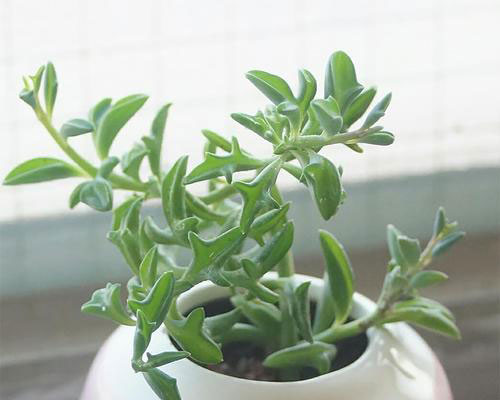
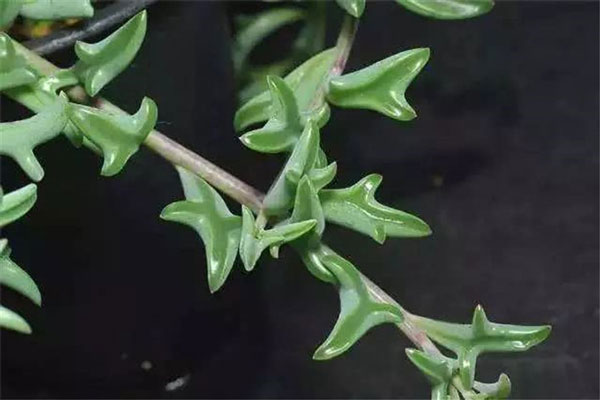
This dolphin succulent can grow up to 6 inches, or 15 cm, tall while maintaining its original shape (unlike most succulents that tend to branch out or elongate their leaves as they grow).
As the vine gets longer, you’ll notice fresh little flying dolphins-shaped leaves blooming upon it. If you let it grow for long enough, you'll find a whole ocean of jumping dolphins cascading across your succulents container. String of Dolphins Plant are flowering plants that typically boast little white and pink flowers during their blooming season. You’ll notice these flowers appear during the warmer months when conditions are just right to support the process.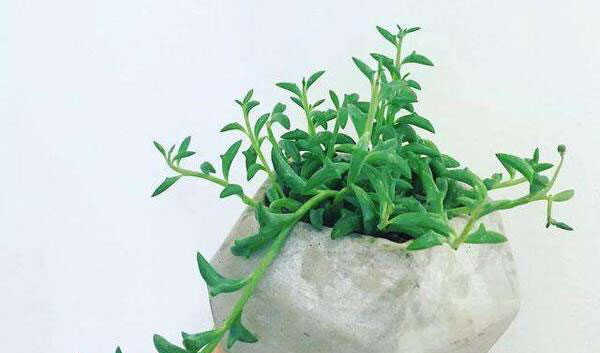
Propagating Dolphin Plants Stem Cuttings In Water
If you’re growing your stem in water, use clean water that has a pH of around 7.0. Tap water should be fine, but it cannot deviate by a pH of 0.5; any more than that and your stem cuttings or leaf cuttings will have difficulties rooting.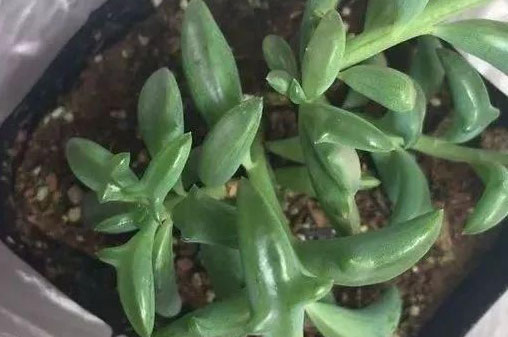
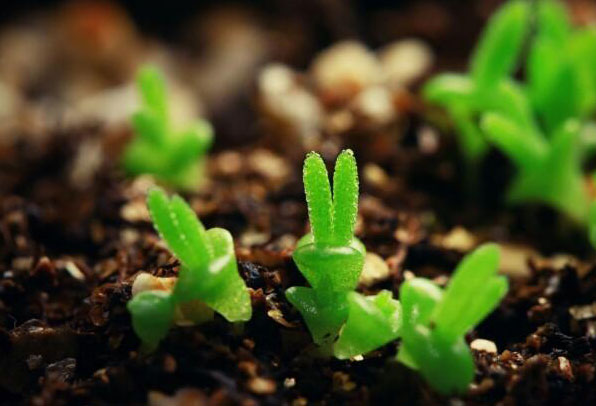
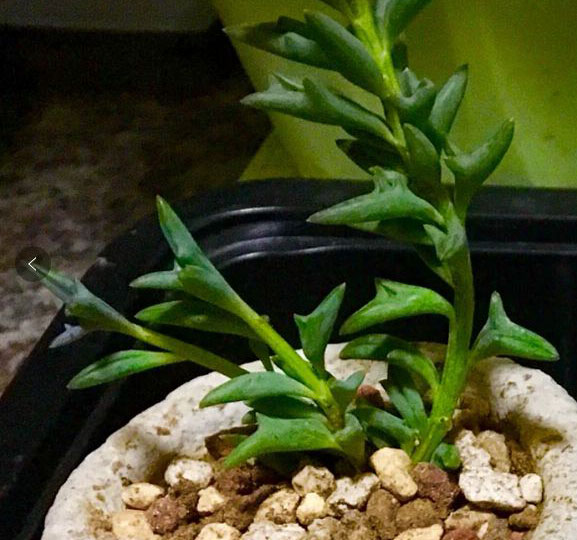
Read Next:
String of Turtles Plant (Peperomia Prostrata) Care Guide
String of Pearls Plant Care & Propagation
11 Best String of Succulent Varieties as Hanging Plants
String of Dolphins Plant PictureString of Dolphins Plant InfoString of Dolphins Plant AppearanceString of Dolphins Plant FormString of Dolphins Plant FoliageString of Dolphins FlowersString of Dolphins Plant Native HabitsString of Dolphins Plant DistributionHow to Grow and Care for String of Dolphins PlantHow to Grow String of Dolphins PlantHow to Care for String of Dolphins PlantUses of String of Dolphins PlantString of Dolphins Plant Common Pests/DiseasesString of Dolphins Plant Companion Plants
String of Dolphins Plant Picture

String of Dolphins Plant Info
| Botanical Name | Senecio peregrinus |
| Common Name | String of Dolphins Plant, dolphin plant, flying dolphins, the dolphin necklace, String of dolphin succulent |
| Plant Type | Succulent |
| Mature Size | 6 inches tall |
| Sun Exposure | Full to partial sun |
| Soil Type | Well-draining, cactus/succulent soil |
| Soil pH | 6.6-7.5 |
| USDA hardiness zone | 9b to 11b |
String of Dolphins Plant Appearance
String of Dolphins Plant Form
String of Dolphins Plant is one of the "string" succulents, which grow trailing stems that can reach 1.0' to 3.0' long. In the wild, these Senecio varieties creep along as a ground cover. They also shine in a hanging pot where they can create a dense cascade of greenery. (Find more best indoor hanging plants here.)String of Dolphins Plant Foliage
The leaves of the Dolphin Plant are fleshy, notched crescents that truly resemble dolphins. In addition to their unbelievable shape, each leaf has a translucent "leaf window". This adaptation allows sunlight to irradiate the leaf interior and helps the String of Dolphins Plant tolerate low light conditions ( Succulent Leaf Windows).String of Dolphins Flowers
Senecio is in the Aster or Daisy family and, like daisies, string of dolphin have composite blooms made up of lots of mini flowers. The petals cluster in a sphere and form a pompom of a bloom. On top of that, the flowers have a lovely cinnamon fragrance.
String of Dolphins Plant Native Habits
These String of Dolphins Plant (botanical name Senecio peregrinus) are a result of cross-pollination between the String of Pearls succulent (Senecio Roweleyanus) and the Hot Dog cactus or Candle plant (Senecio Articulates).This dolphin succulent can grow up to 6 inches, or 15 cm, tall while maintaining its original shape (unlike most succulents that tend to branch out or elongate their leaves as they grow).
As the vine gets longer, you’ll notice fresh little flying dolphins-shaped leaves blooming upon it. If you let it grow for long enough, you'll find a whole ocean of jumping dolphins cascading across your succulents container. String of Dolphins Plant are flowering plants that typically boast little white and pink flowers during their blooming season. You’ll notice these flowers appear during the warmer months when conditions are just right to support the process.
String of Dolphins Plant Distribution
This species was first documented by August Grisebach in 1879 as Senecio peregrinus, using the Latin word for 'dolphin' for its appearance. During the early 1990s, Charles Jeffrey revised the species into the genus of Dendrophorbium, after several morphological tests and studies. Although many believe it's actually a cultivar between the S. rowleyanus and S. articulatus, the Royal Botanical Gardens of Kew states its authenticity as a naturally-occurring species in South America.
How to Grow and Care for String of Dolphins Plant
How to Grow String of Dolphins Plant
- String of Dolphins Plant Propagation with Seeds
- String of Dolphins Plant Propagation with Stem Cuttings
- Propagating Dolphin Plants Stem Cuttings In Soil
Propagating Dolphin Plants Stem Cuttings In Water
If you’re growing your stem in water, use clean water that has a pH of around 7.0. Tap water should be fine, but it cannot deviate by a pH of 0.5; any more than that and your stem cuttings or leaf cuttings will have difficulties rooting.

How to Care for String of Dolphins Plant
- Light Care
- Soil Care
- Water Care
- Temperature Care
- Fertilizer Care
- Pruning Care

Uses of String of Dolphins Plant
Grow the String of Dolphins Plant (Senecio peregrinus) as a succulent hanging, allowing the leaves to fall downward. Within a single year, the stems can reach 20″ inches. If growing as a potted plant, trim the stems to keep them at a manageable size.String of Dolphins Plant Common Pests/Diseases
Common houseplant pests such as aphids, mealybugs, scale, and spider mites can be an issue for String of Dolphins Plant. These pests are sap-suckers, and if left untreated can wreak havoc on a healthy plant. With early detection and proper treatment these common houseplant pests can easily be brought under control. These String of Dolphins Plant (Senecio peregrinus) plants are not prone to any particular diseases, other than root rot which is caused by overwatering. If you water only when the soil is completely dry, plant it in a pot with adequate drainage holes, and use a well-draining soil mix, you shouldn’t run into any issues.
String of Dolphins Plant Companion Plants
String of Dolphins Plant (Senecio peregrinus) can grow with other plants and they grow very well with them too. You can also grow them with other succulent plants if you have multiple tiny succulents. Some Companion plants grown with it are Desert Rose, Kalanchoe and Cactus etc.Read Next:
String of Turtles Plant (Peperomia Prostrata) Care Guide
String of Pearls Plant Care & Propagation
11 Best String of Succulent Varieties as Hanging Plants
Latest Updated
- Benefits of Bugleweed - 7 Science-backed Health Benefits
- Bugleweed Dangers & Side Effects - Is It Poisonous?
- How to Plant Evergreen Trees - What You Should Know
- When to Plant Evergreens - Grow Guide for Evergreen Trees
- 12 Wonderful Evergreen Shrubs for Your Garden
- 12 Popular Evergreen Plants with Pictures for Beginners
- When And How To Prune A Lilac Bush Like a Pro
- How to Grow & Care for Lilac Vine (Hardenbergia Violacea)
- Japanese Lilac Tree (Syringa Reticulata) Care & Propagation Guide
- Shumard Oak Pros and Cons - What to Know
Popular Articles
- Winter maintenance of Antirrhinum Majus
- How to Grow Terminalia Mantaly Tree
- How to Grow and Care for Crossostephium Chinense
- How to grow Antirrhinum Majus in spring
- Peristeria Elata (Dove Orchid) Profile: Info & Care Guide
- Underwatered Snake Plant (Sansevieria Trifasciata) - Signs And How To Fix
- How to Care for Brazilian Jasmine Plant (Mandevilla Sanderi)
- How to Grow & Care for Graptopetalum Purple Delight in Summer
- Rosa Chinensis (China Rose): Plant Growing & Care Tips
- How to Care for Baby Sun Rose (Aptenia Cordifolia)